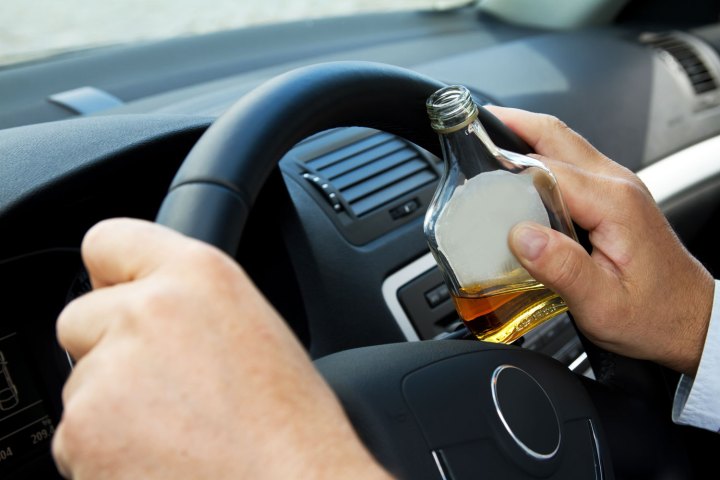
Despite constant warnings not to get behind the wheel after imbibing, the Aizman Law Firm’s shocking exploration into the National Highway Traffic Safety Administration’s Fatality Analysis Reporting System uncovers just how frequently drunk driving happens, and just how dangerous this decision can be.
According to the team’s data, nearly 22 fatal DUI crashes occur every day in the United States. But it’s not only the frequency of these accidents that is alarming, but also the degree of inebriation that leads to tragedy. More than 20 states recorded instances of drunk drivers whose blood alcohol content (BAC) was above .40. The legal limit is .08.
The highest recorded BAC occurred in New Mexico, where one individual blew a .83, over 10 times the legal limit. But that isn’t even really an outlier — over one in every five U.S. states recorded a high BAC of over .60. It’s estimated that it would take an average man a stunning 30 shots or more to replicate this level of drunkenness (and 40 shots to get to New Mexico’s .83).
More problematic still, there’s no peak time when it comes to fatal DUI crashes. While it may seem that the most dangerous hour would occur at a bar’s closing time, research shows that deadly drinking accidents are just as likely to happen after happy hour as they are after last call.
Already, some municipalities have attempted to leverage the power of ride-sharing and taxi services in order to reduce such accidents. Back in October, the town of Evesham, New Jersey announced an initiative that would offer free Uber rides to bargoers who have had a bit too much, or a lot to much, to drink. While Evesham is the first city in the U.S. to attempt such a program, with numbers like these, let’s hope that it’s not the last.
Editors' Recommendations
- Watch out: Google Drive may have lost months of data
- Looking for a side hustle? Drive with Uber and start earning
- Electric, self-driving tractor may just be the future of farming as we know it
- Former Google, Uber self-driving car exec Anthony Levandowski fined $179 million
- Uber cleared to restart self-driving car testing in California


